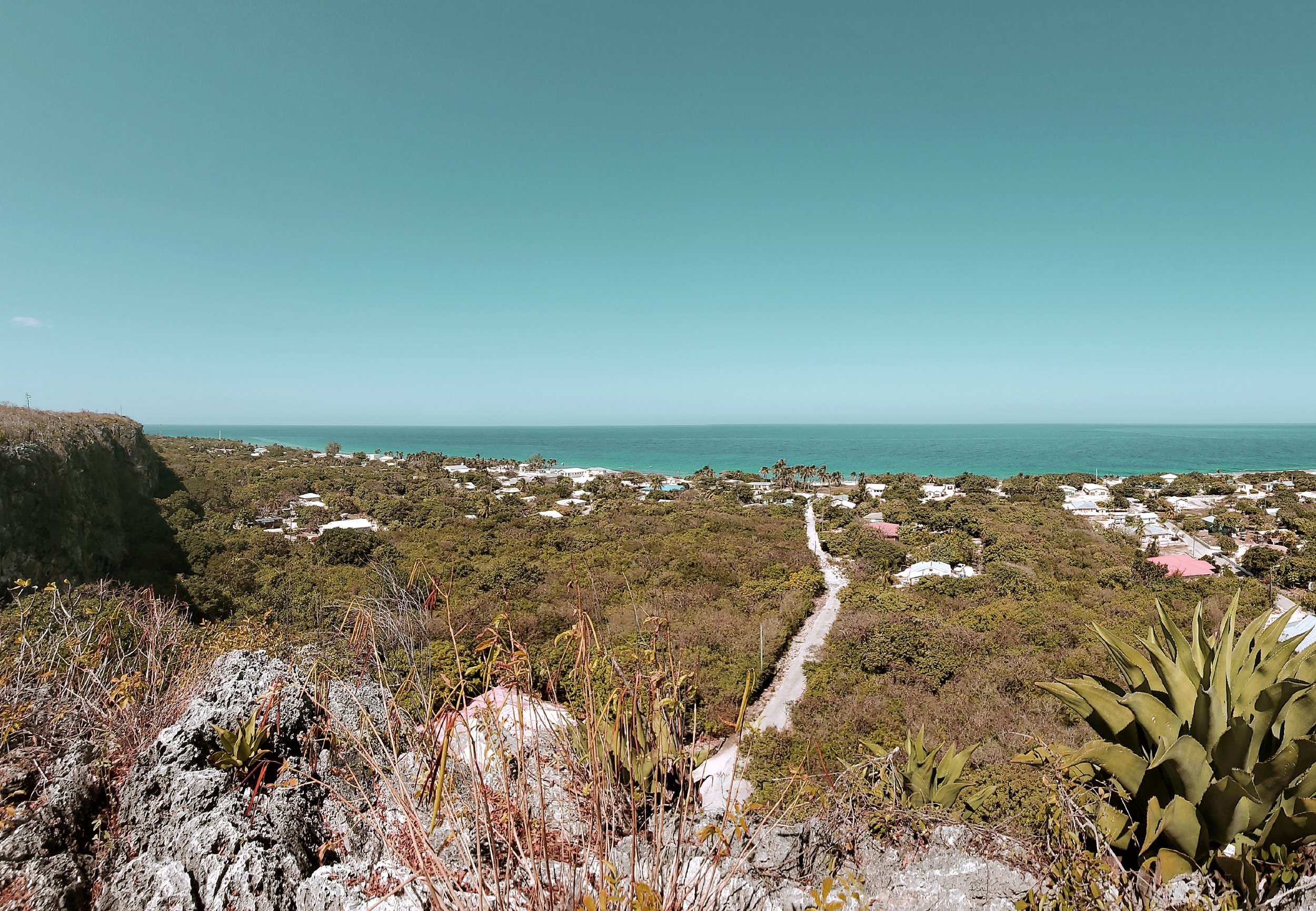
A HAPPY LITTLE ACCIDENT | BUSH GIRL, CAYMAN ISLANDS
A HAPPY LITTLE ACCIDENT | CAYMAN ISLANDS
Words by Hannah Reid, founder of bushgirlmedicine.com
It can be tempting to believe we know everything there is to know about the Cayman Islands. Surely every inch of these tiny islands has already been explored, and every plant is known, named, and documented.
But, when it comes to biodiversity, size does not matter. In the Cayman Islands, just 260-square-kilometres of the land area supports more than 400 native plant species. Last year, two more plant species were added to the list, thanks to a series of chance encounters in Cayman Brac.
The first plant was spotted about three hours into what was meant to be a short foray onto family-owned land on the Bluff in Cayman Brac – just about the time my parents, my husband, and I were starting to feel good and lost! With its dark, glossy leaves, the small tree cascaded down in a way quite unlike anything we had ever seen. Though we were tired, hot, and hungry, we took pictures and a clipping just in case.
When we were rested, hydrated, and full of stew conch, we realised we had something special on our hands. None of our usual sources of native plant knowledge could identify the tree.
Our peaceful Brac vacation turned into a plant hunt from that day on.
We spotted a second mystery plant – a small, multi-stemmed tree, covered root to crown in spines – while searching for another specimen of the first. More pictures and more cuttings were taken to be brought back to horticulturist Nick Johnson, who was at the time working with the Queen Elizabeth II Botanic Park.
Identifying the plants took months and required two more trips to the Brac to search for flowers and fruits that would help narrow down the list of possibilities. (It’s rough work, but someone has to do it!)
After much consultation with the experts at the Royal Botanical Gardens, Kew, London (UK) and digital research, the plants were identified as Tara vesicaria and Caesalpinia bahamensis, both new records for the Cayman Islands.
With Johnson’s support, we set about collecting pressed herbarium specimens and samples of each plant’s flowers, seeds, wood, and DNA. These specimens are now held at the National Herbarium of the Cayman Islands and at Kew, which oversees the largest plant DNA database in the world.
The fact that there are still new species to discover, even in a country as small as the Cayman Islands, is one of the reasons ecosystem conservation is so important. We might be losing species to over development and climate change that we did not even know existed. So, finding and documenting these species is important work. If we do not know and understand our natural habitats, we could be missing pieces of the puzzle if we ever need to restore them.
This is hardly unique to the Cayman Islands. In a recent Proceedings of the National Academy of Sciences (PNAS) journal article, researchers estimated there could be as many as 9,000 tree species yet to be scientifically documented. Intrinsically valuable in their own right, these trees support a web of biodiversity – in ways we do not yet know – that is foundational to all life on Earth.
Visitors to QEII Botanical Gardens will soon be able to see these new additions as seeds from both species have been germinated for future planting in the gardens.
A Cayman Flora Discovery.
FOR MORE LOCAL FLORA INSPIRATION, VISIT
BUSH GIRL MEDICINE
www.bushgirlmedicine.com
QEII BOTANICAL GARDENS, CAYMAN ISLANDS
www.botanic-park.ky
FOR MORE GARDEN INSPIRATION, VISIT
VIGORO
www.vigoro.ky





